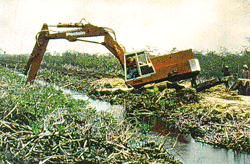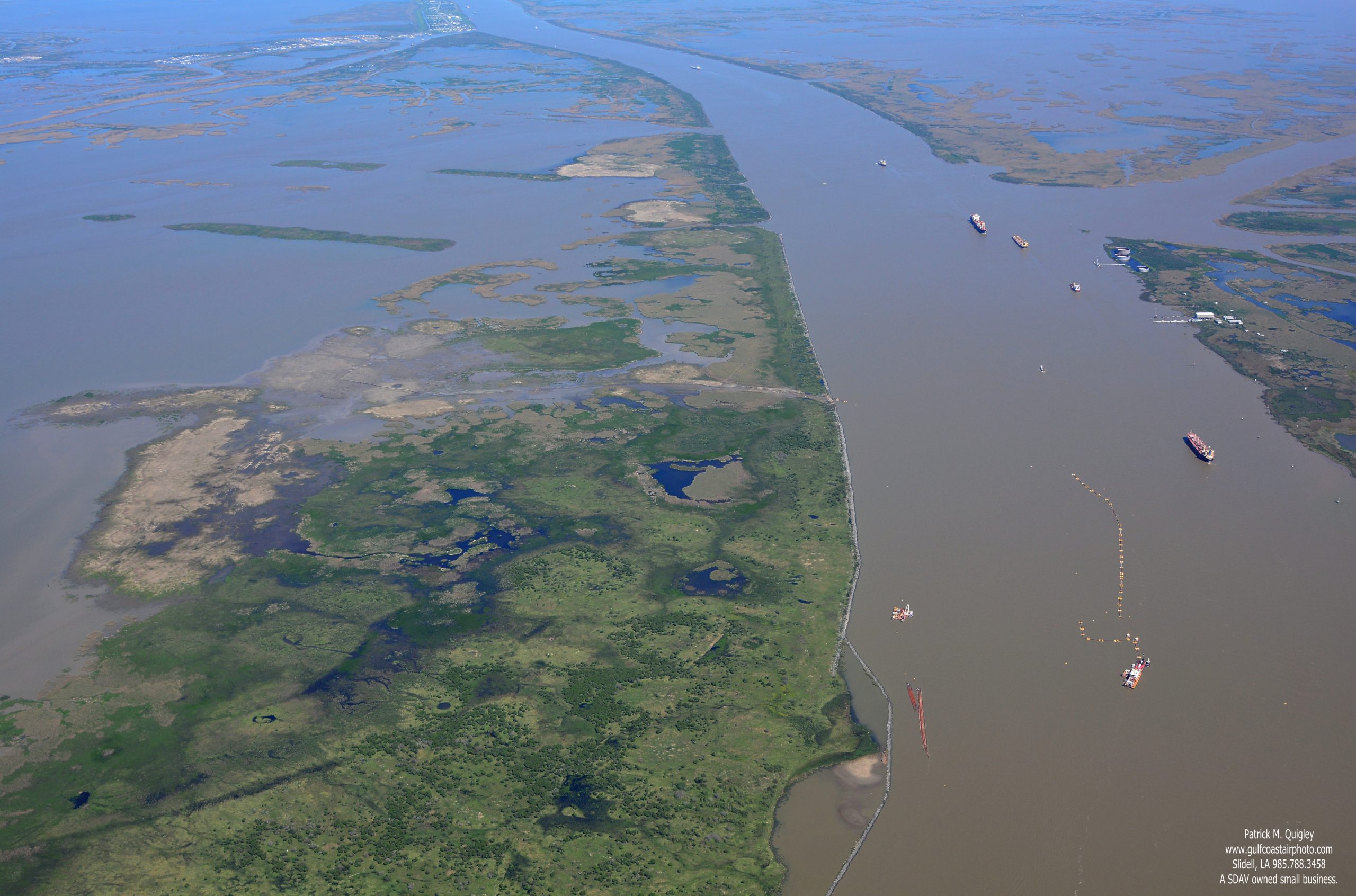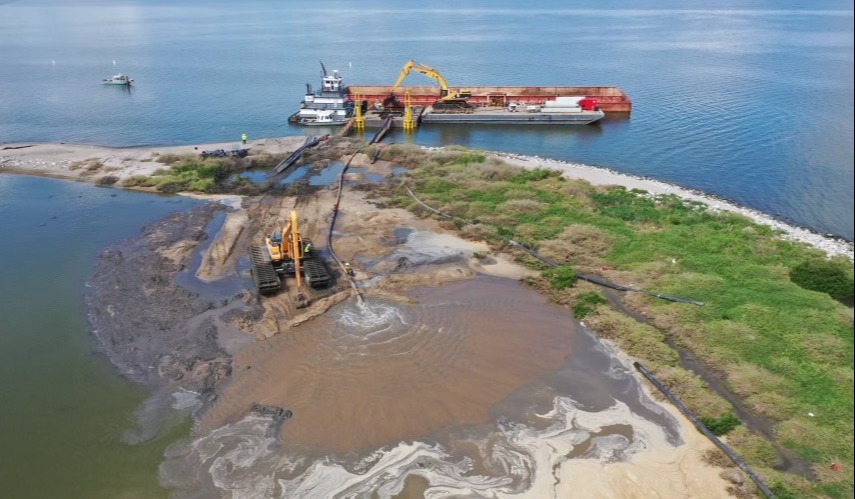

You can see dark brown areas where the river used to run over that are now part of the marshland or mudflat areas. The prior curves become part of the marsh but are still visible due to different soil and vegetation. This next Google Earth satellite image of the upper Petaluma River shows where straight cuts were made. The river was straightened and channelized. The diagram below from the SFEI historic hydrology study is an early topological map that shows the sinuosity of the upper river. Later, about 1920, The Army Corp made three of four cuts to remove several difficult-to-navigate curves in the upper river and thereby straighten the river.īesides straightening of the upper river many dikes were erected to channel the water and create cropland in prior marshland, especially in the lower river. The sediment fill was layered on top of McNear Landing so more docks could be built and accommodate more ships.

Chinese laborers were hired to dig out parts of the river including the Turning Basin which was an oxbow and excavating a channel on the east side of McNear Landing to expand docking. Some were very sharp, and many ships grounded in the mud. When the town was shipping hay and eggs to San Francisco during the 1860 Gold Rush Era the ship captains bragged about their ability to make the 80 turns in low visibility by timing each turn.

Based on the Corps’ experience over the past 50 years, it appears that an average of 60,000 cubic yards of material is deposited in the river each year. The San Francisco District of the ACOE maintained the San Pablo Bay Channel on a 144-month cycle and the Upper River channel on a 48-month cycle. From Western Avenue upstream to the Washington Street Bridge, the channel is now 50 feet wide and 4 feet deep.

Included in this part of the project was 300 feet x 400 feet turning basin, 8 feet deep. For the next 69,000 feet upstream to Western Avenue in the City of Petaluma, the channel was widened 100 feet and deepened 8 feet. The Corps’ dredging project from 1930 to 1933 provided for a 200-foot wide, 8-foot-deep channel for 33,000 feet across the mudflats in San Pablo Bay to the mouth of the Petaluma Creek. Since the 1880s the Army Corp of Engineers (ACOE) improved and maintained the Petaluma Creek for navigation. Dredging was essential to this intensive shipping industry. Since Petaluma ships provided much of the eggs, dairy, and hay during the Gold Rush Era, our town had the richest population in the US for a few years. Without dredging the river would slowly fill with silt and no longer be navigable for commercial or large recreational vessels and causing a decline in river-related tourism.


 0 kommentar(er)
0 kommentar(er)
